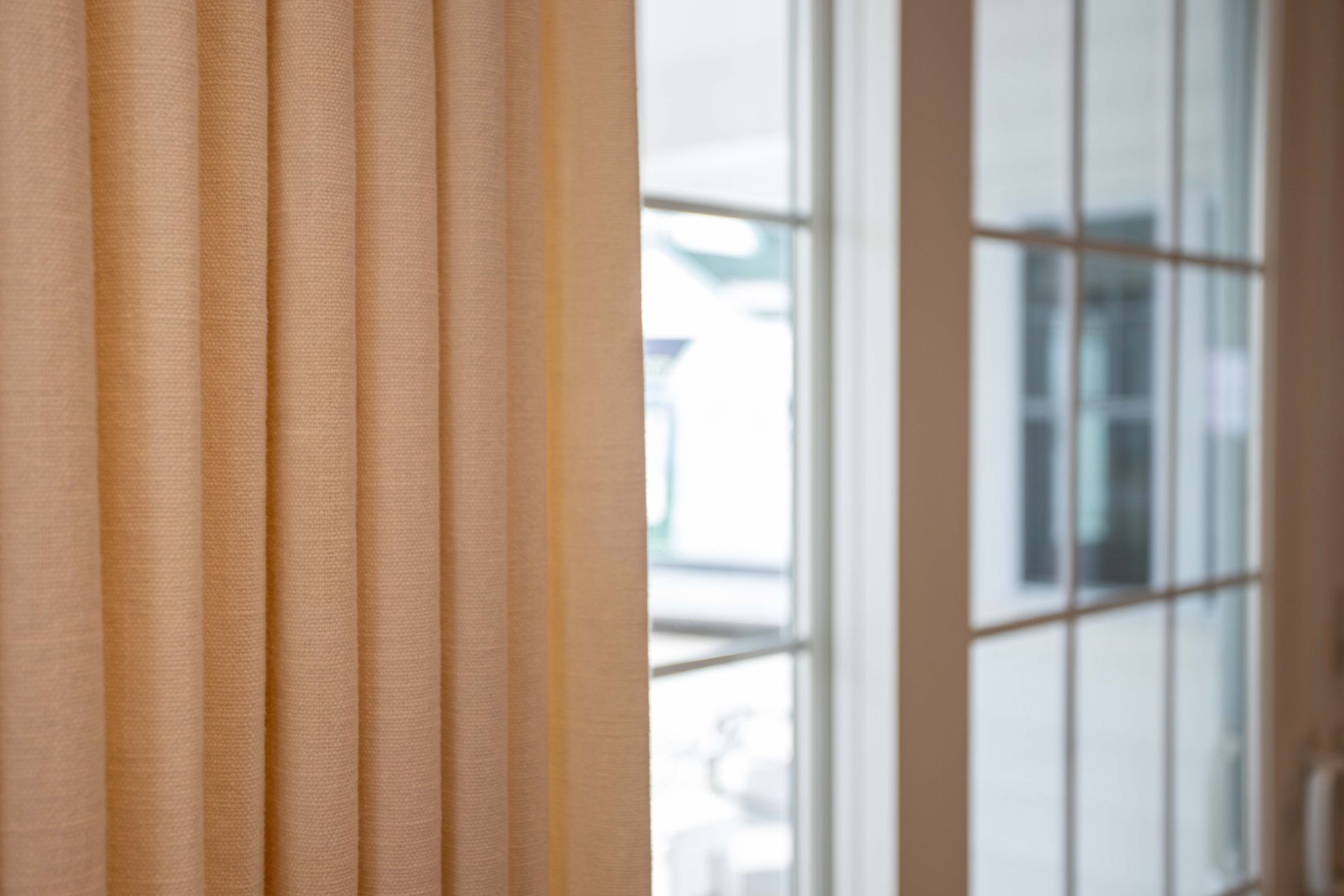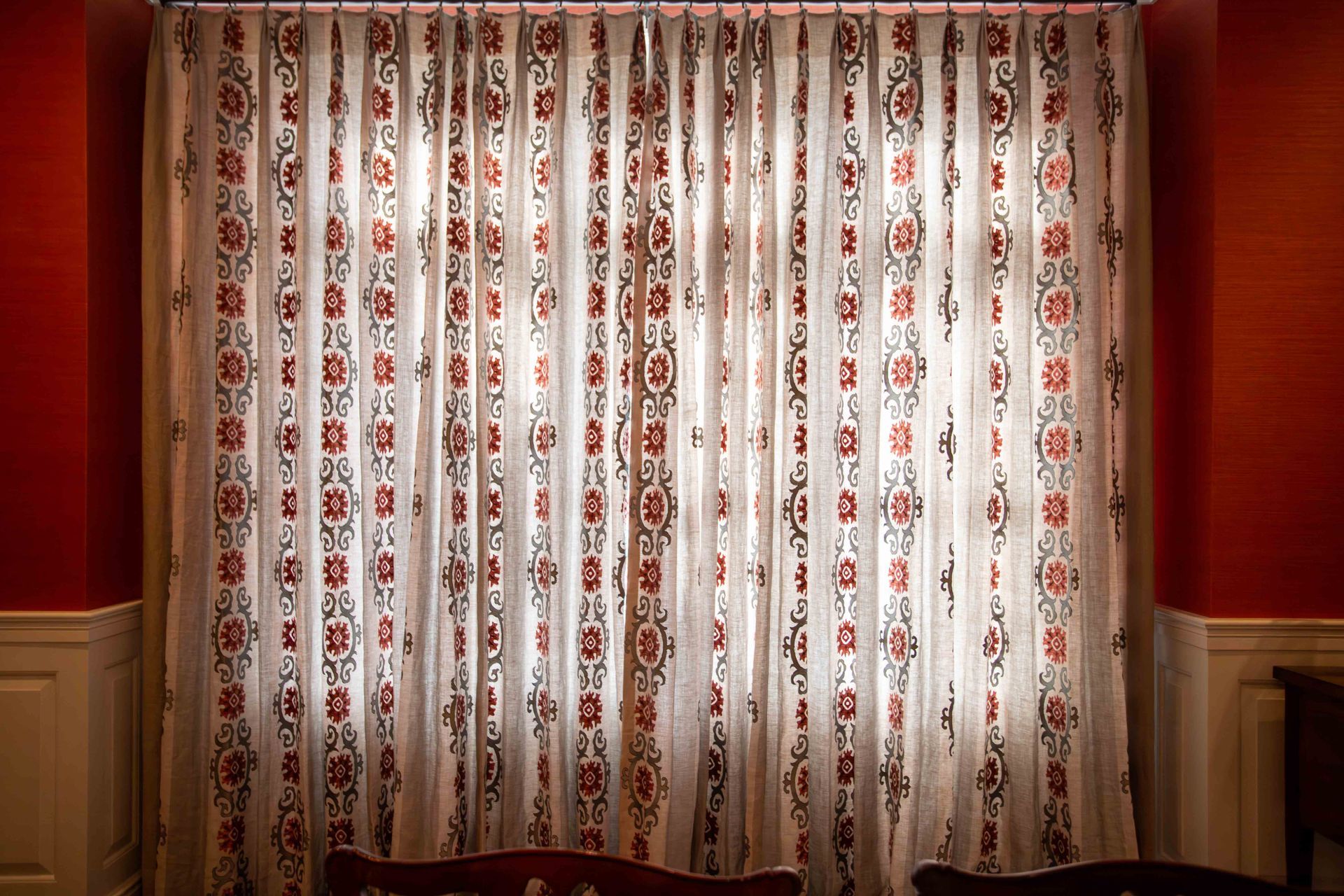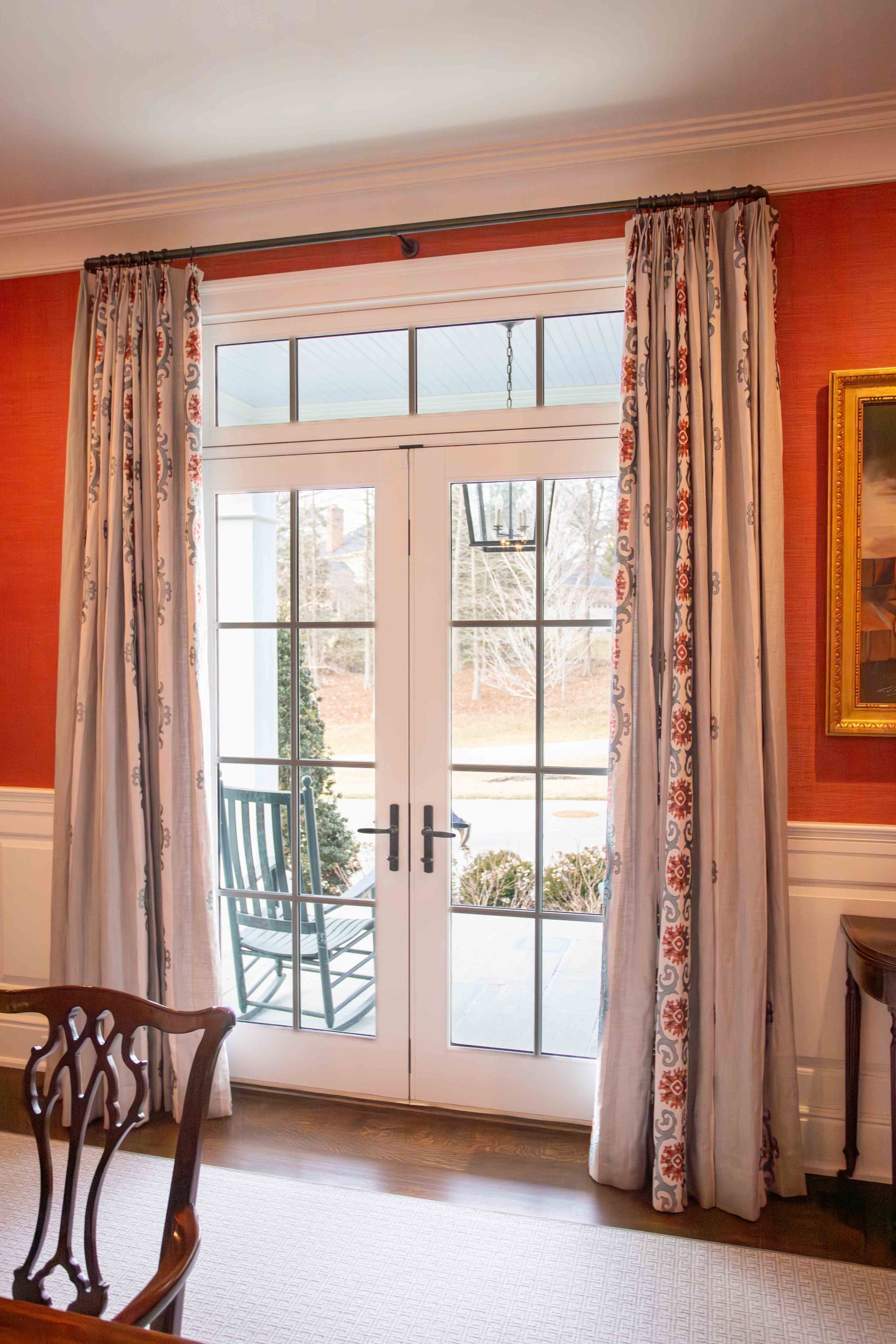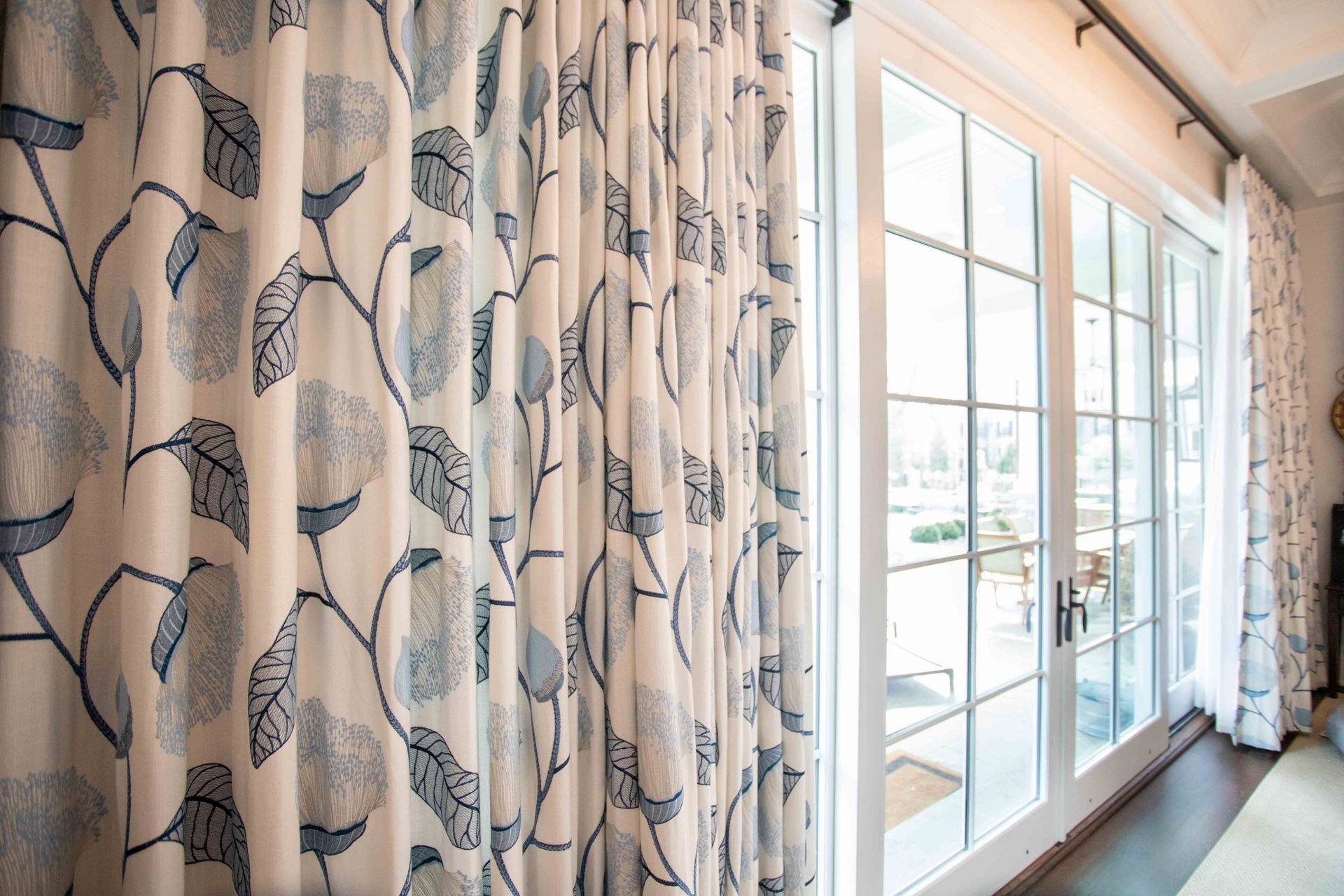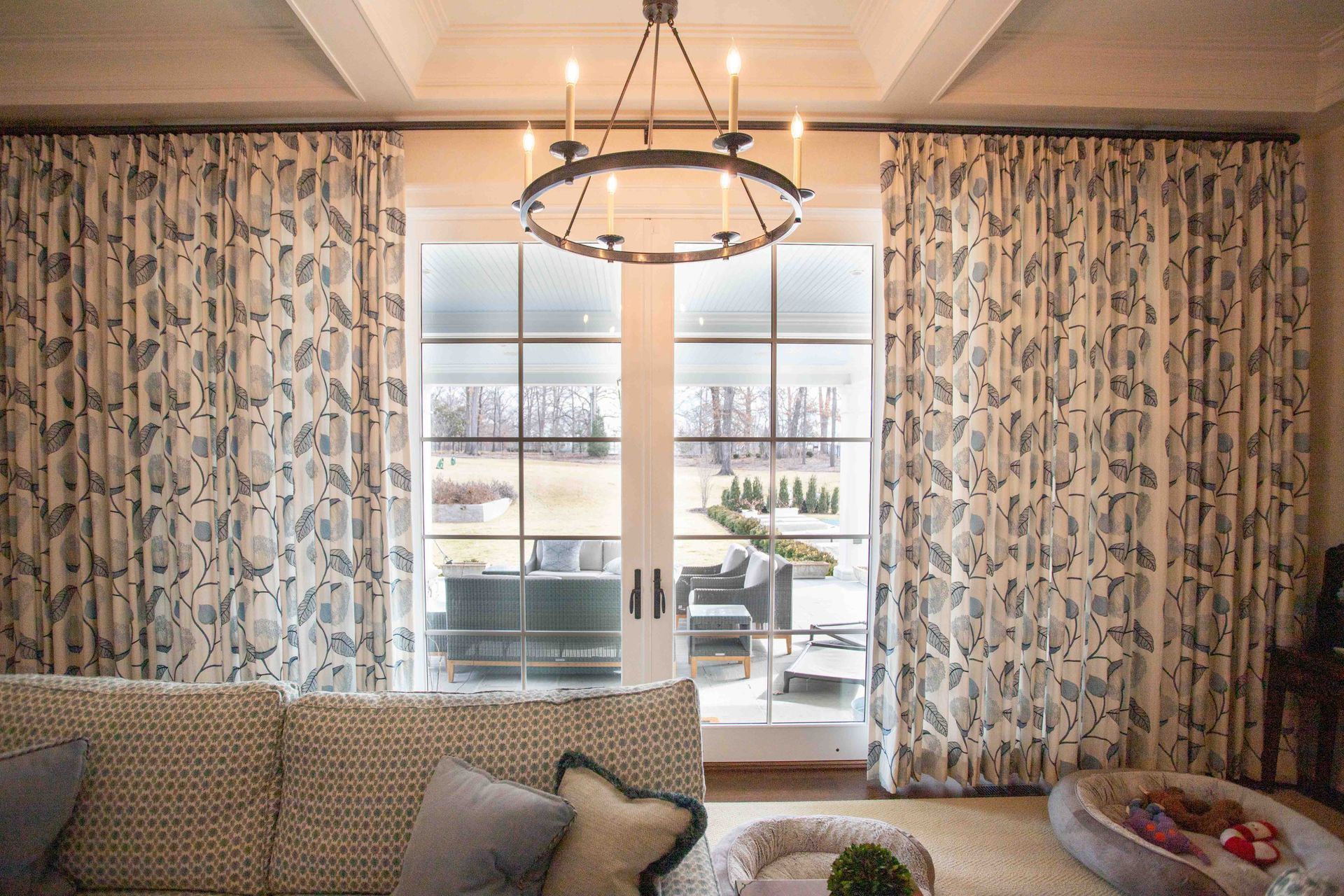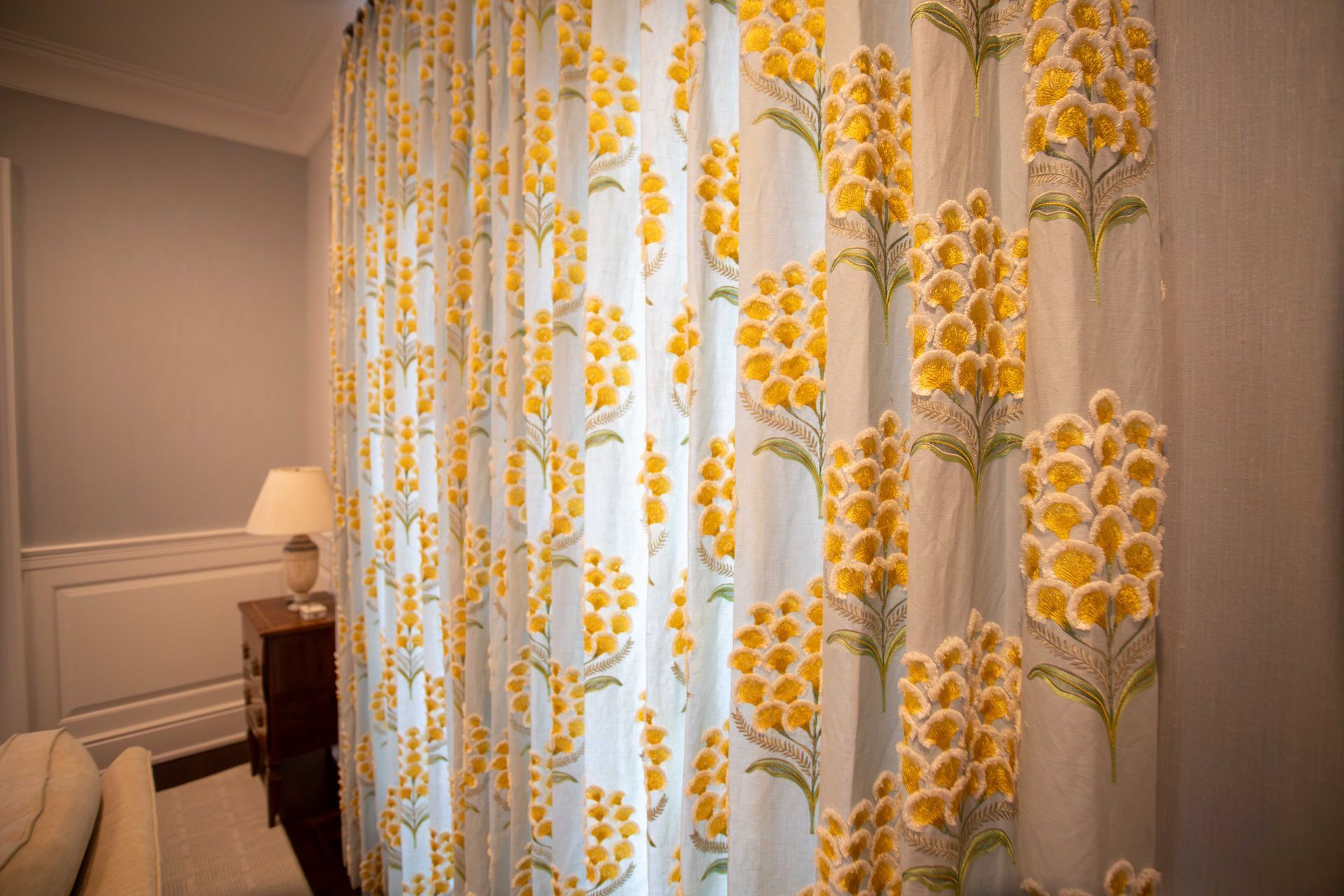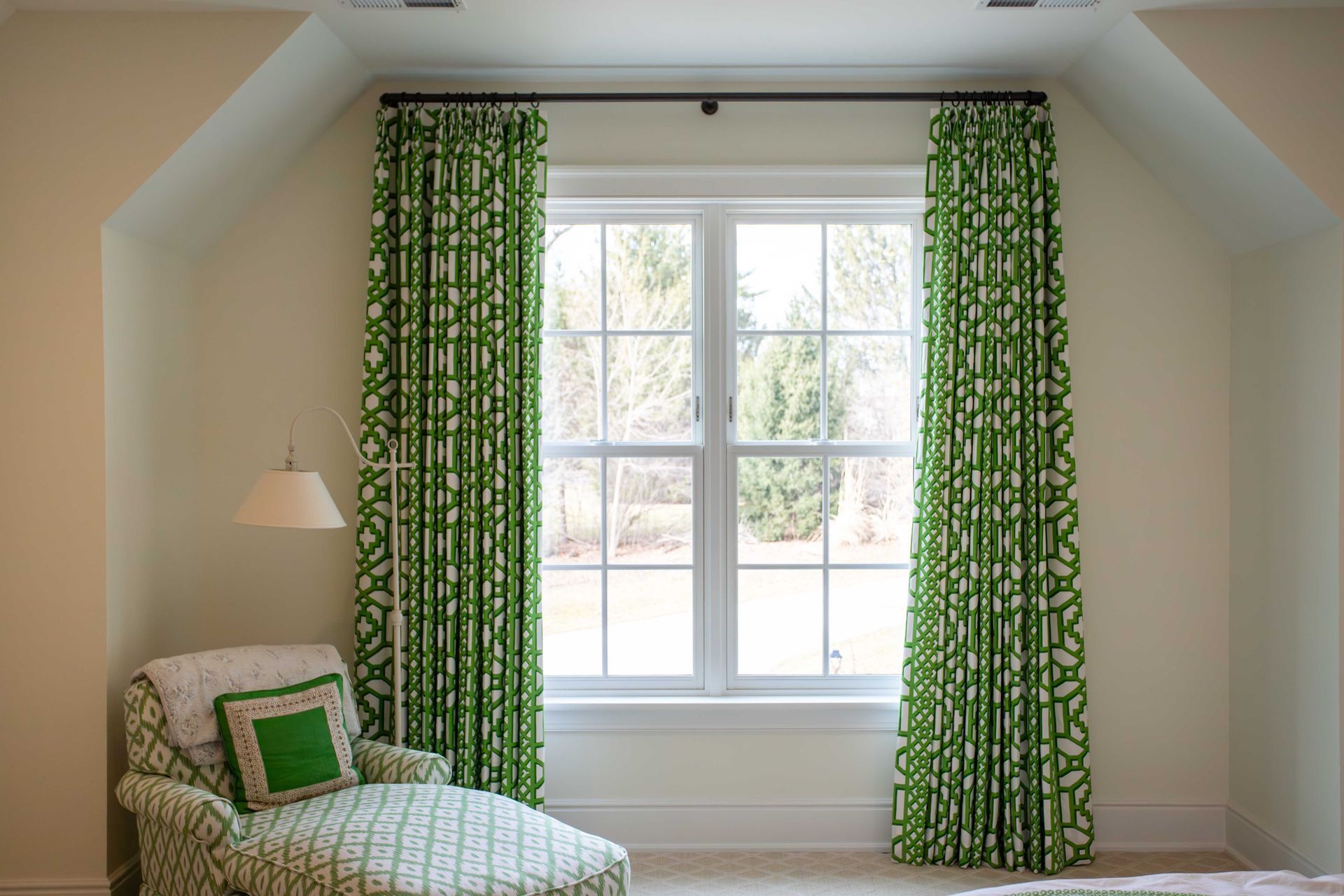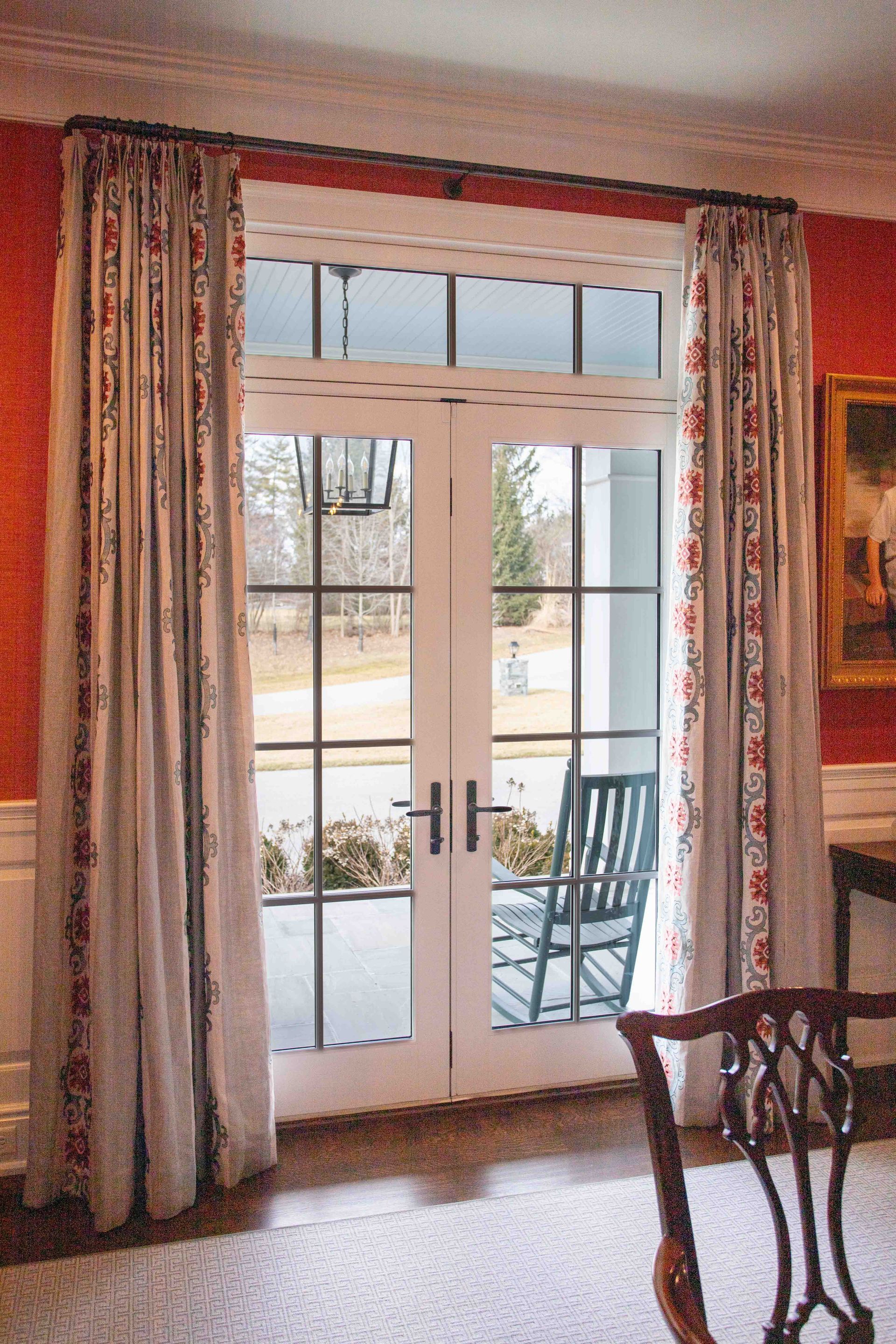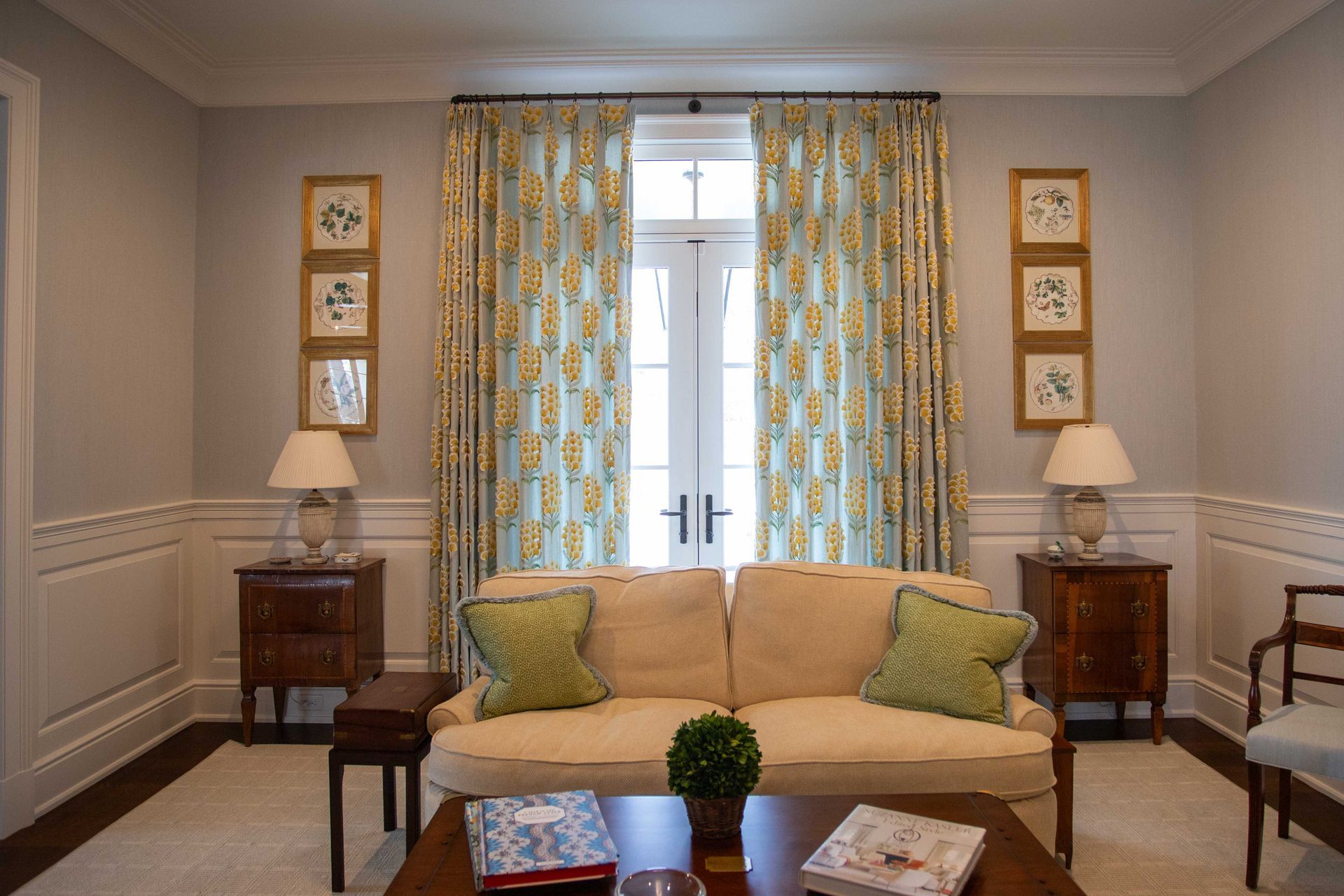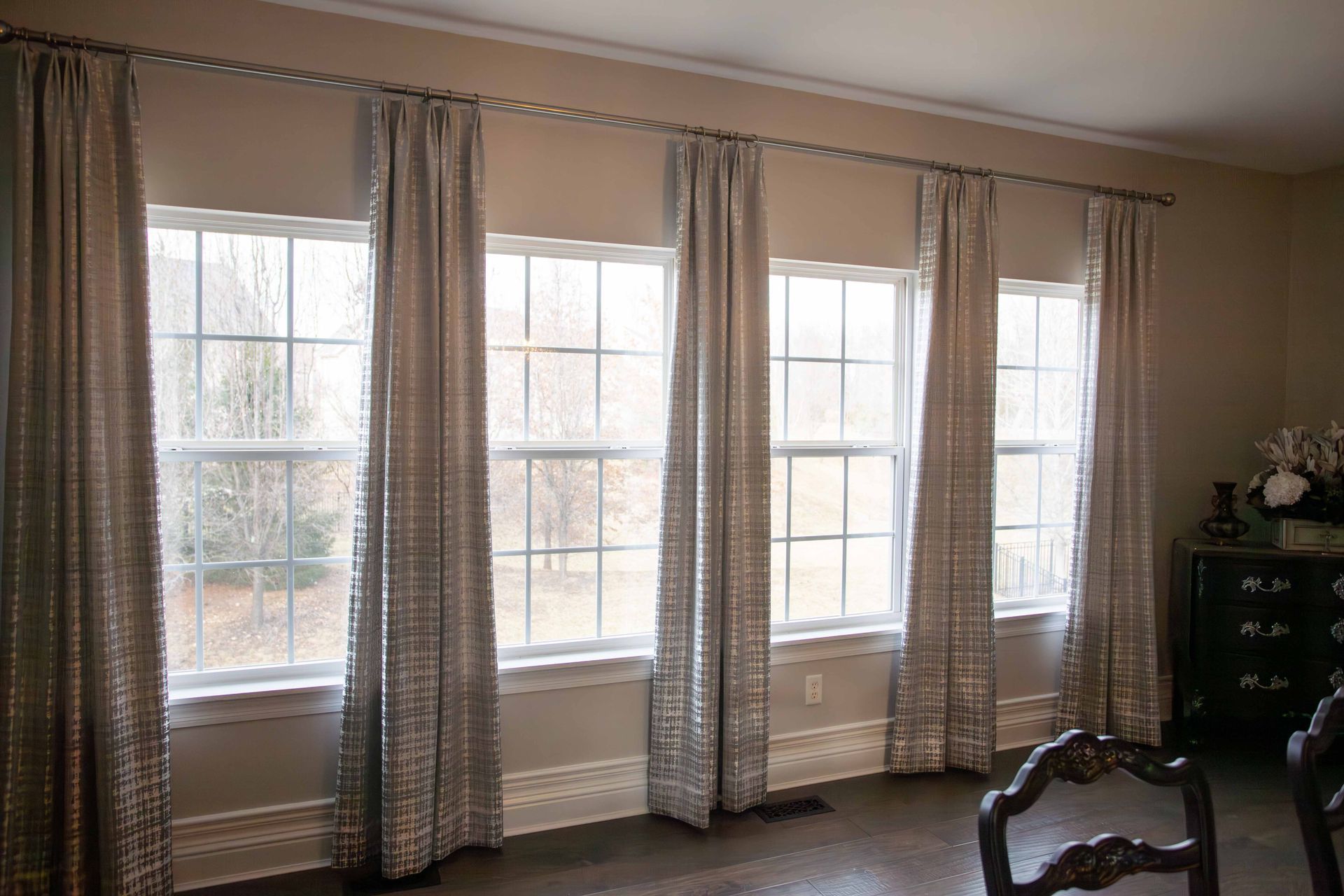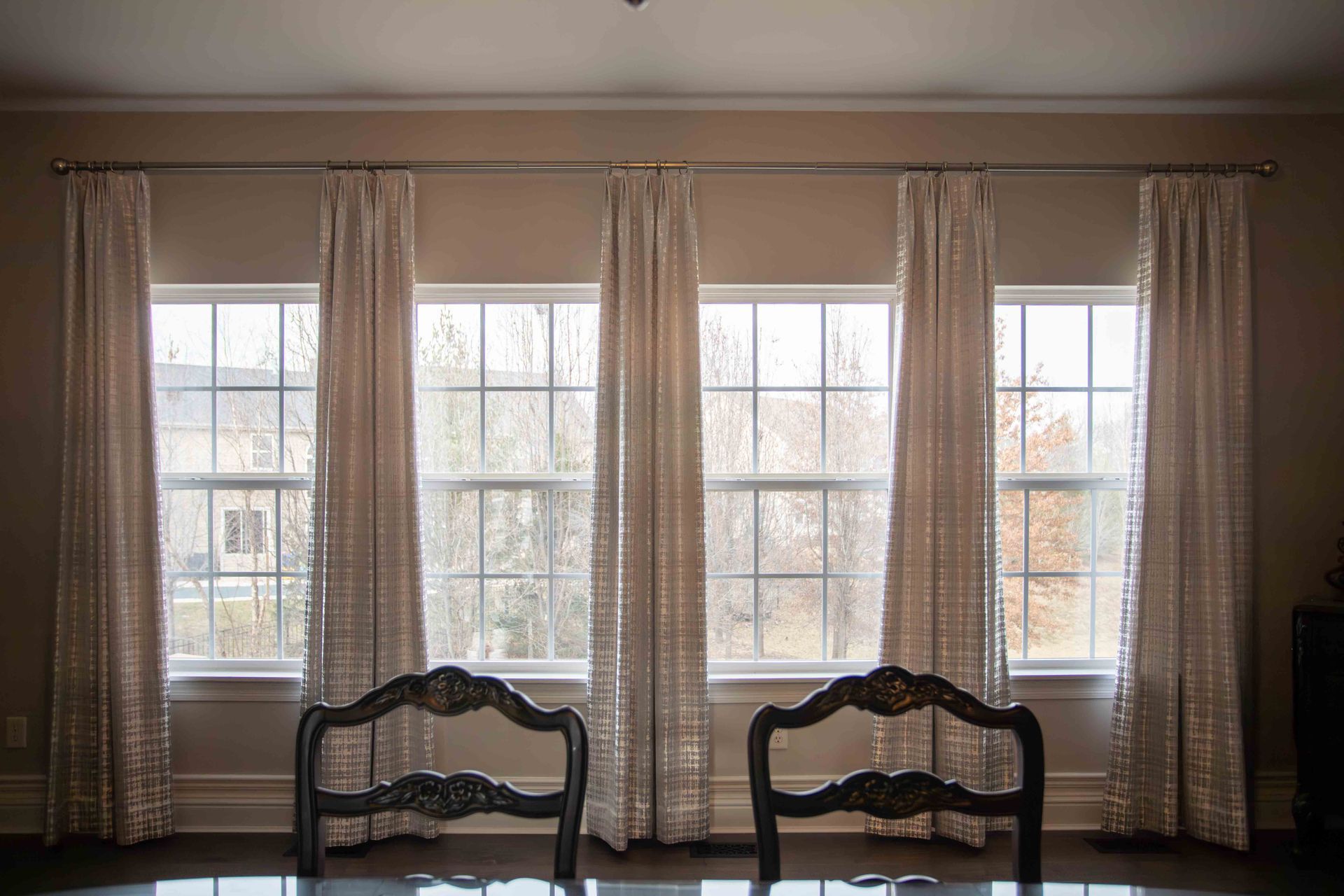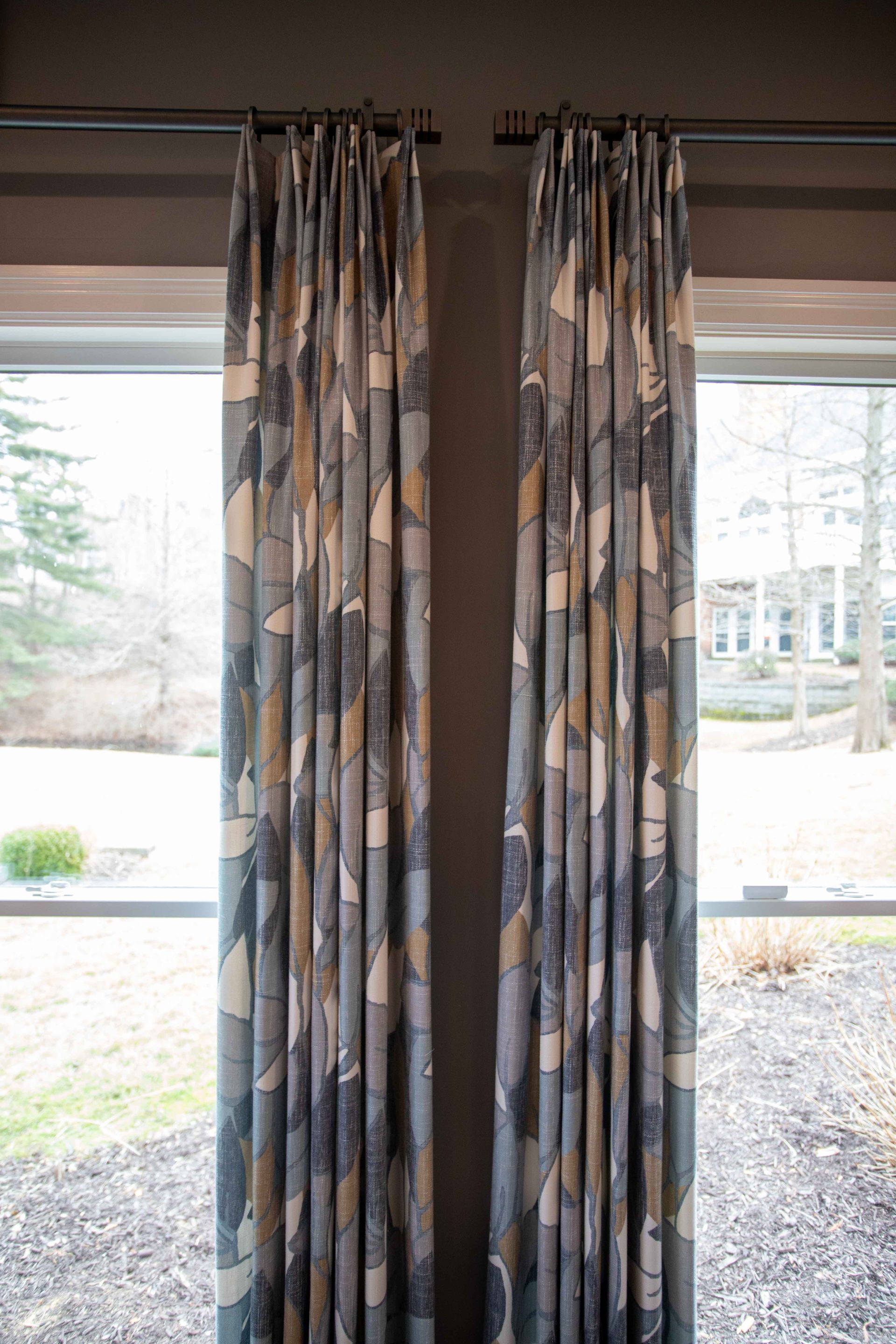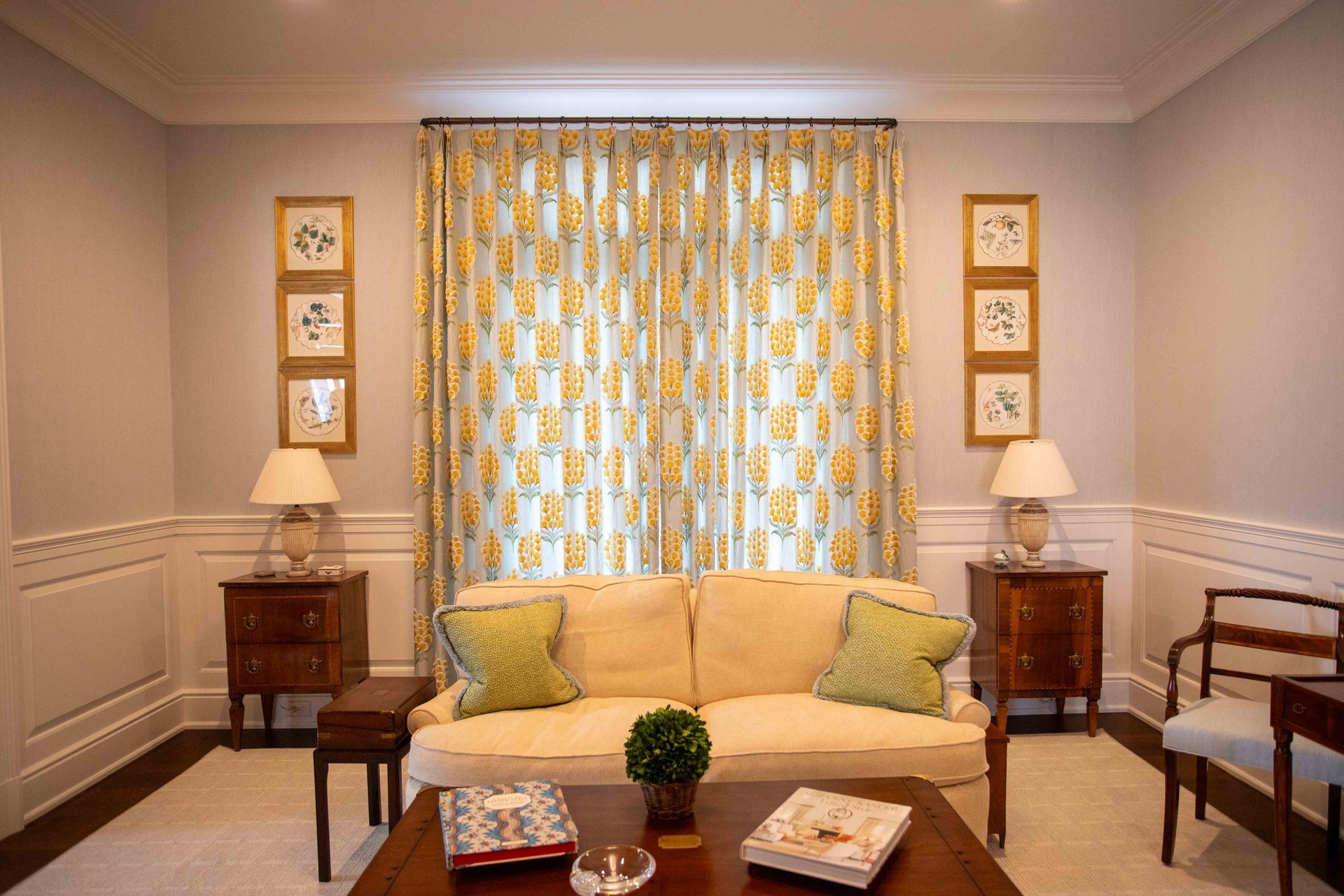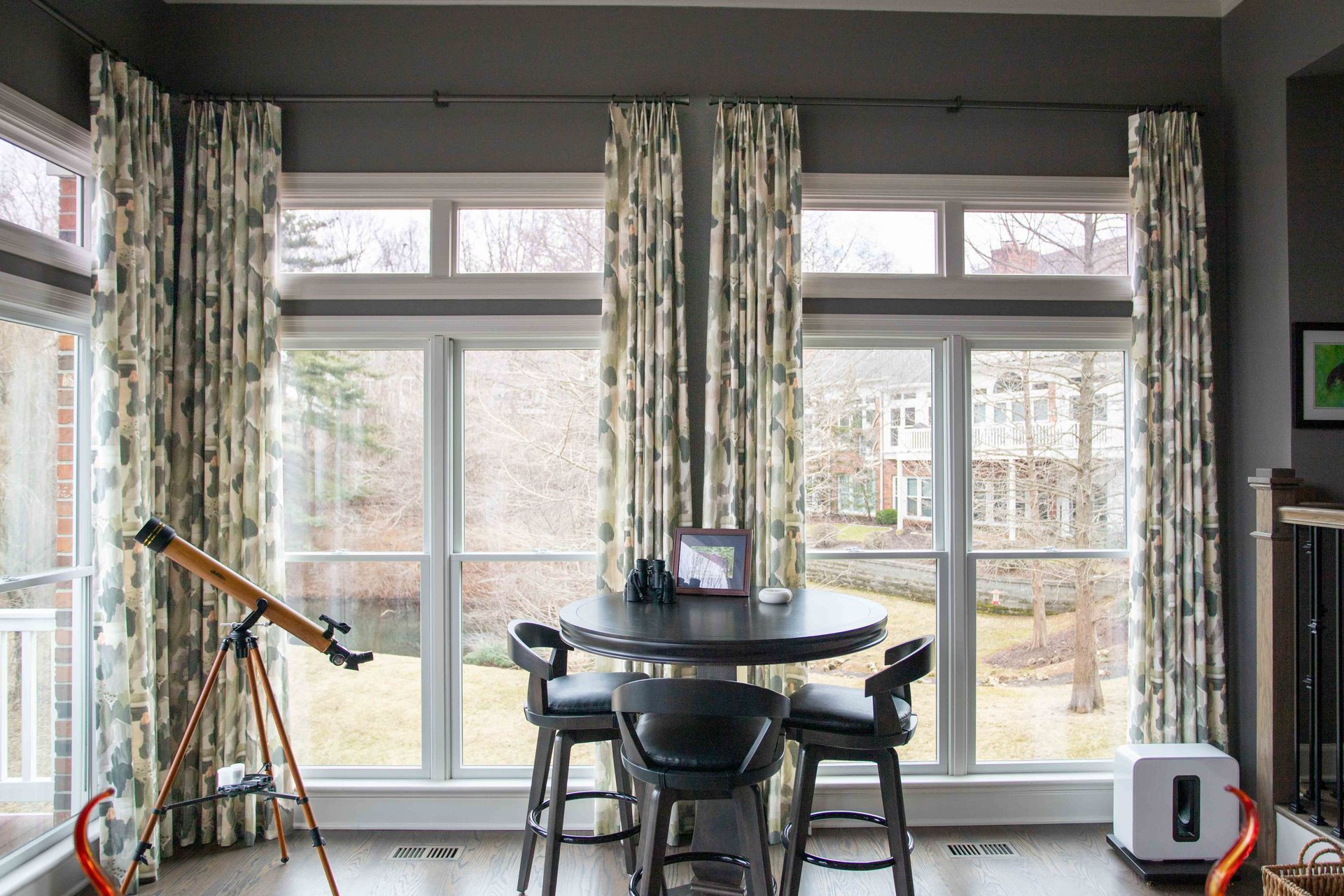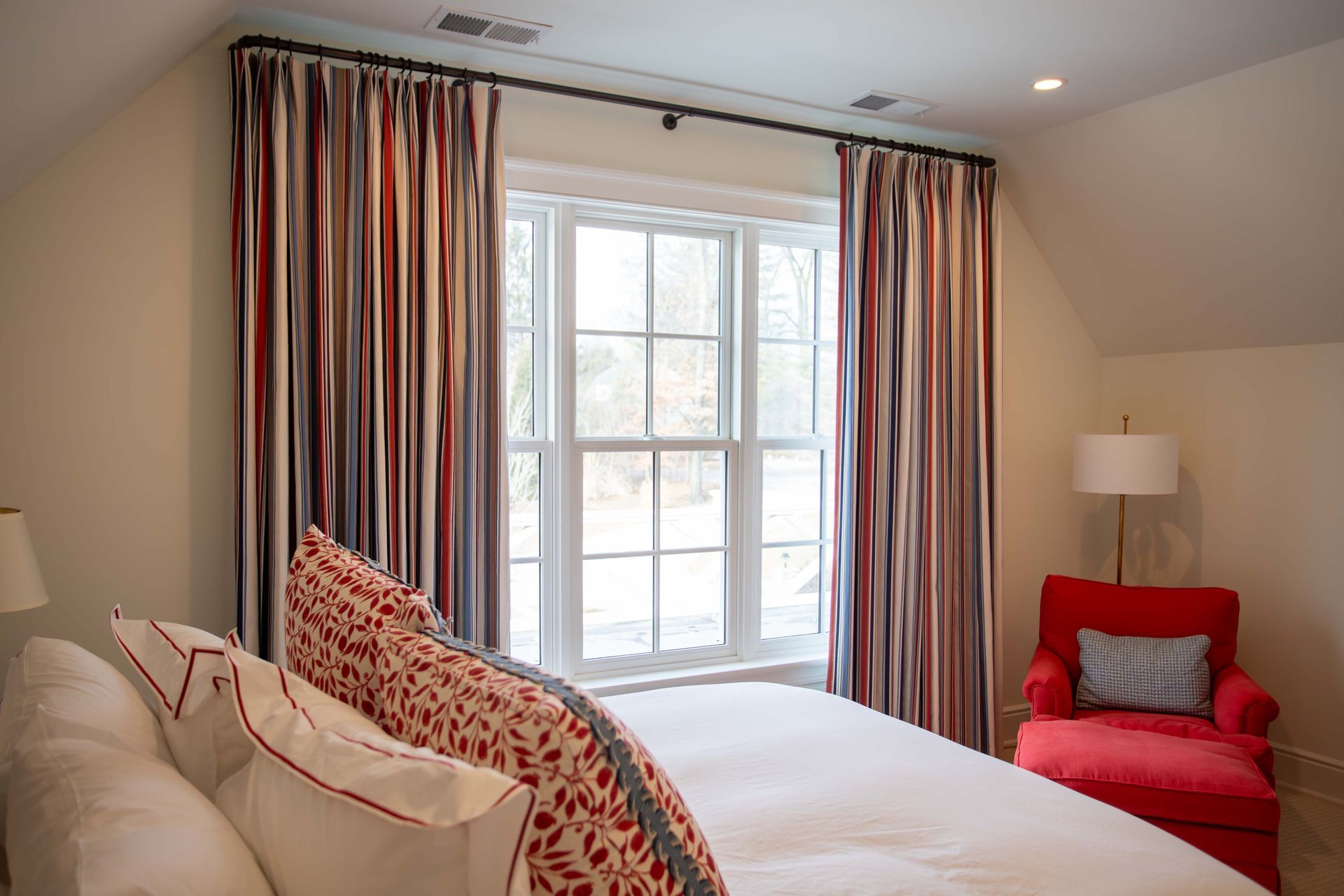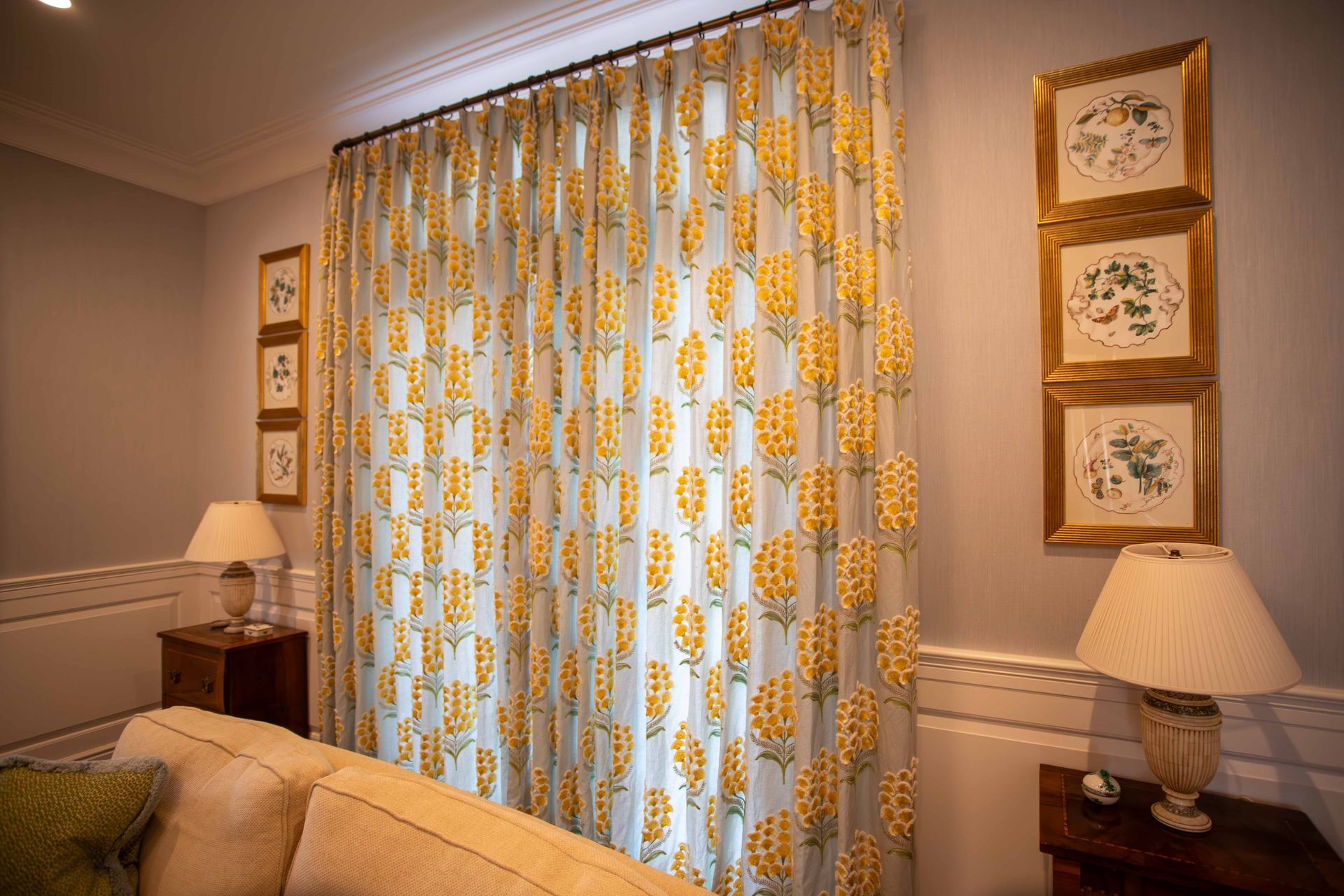Custom Draperies
Elevate Your Space with Custom Fabric Drapery
Are you looking to transform your home or business with custom fabric drapery window treatments? Look no further than Proctor Drapery and Blinds, a trusted name in the industry for over 50 years. With our exceptional craftsmanship and personalized service, we are the go-to choice for those seeking to enhance their space with elegance and style.
The Art of Custom Drapery Services
At Proctor Drapery, we understand that every space is unique and deserves a tailored approach. That's why we offer custom drapery services that cater to each client's specific needs and preferences.
Whether you're looking to add warmth to your home or create a professional ambiance in your office, Michael Proctor will work closely with you to bring your vision to life.
Over the years, we've developed a meticulous design process that ensures every detail is taken into consideration. During a no-obligation consultation, we will visit your residence or place of business to understand your requirements.
With a wide selection of fabrics, trims, and hardware, Michael will present you with samples that perfectly complement your space. Do you already have fabric? Maybe you would like to repurpose some material you've held for years, hoping the right project could use it. We do that, too.
Once the design is approved, our talented seamstresses will bring it to life with their exceptional craftsmanship. From stitching to installation, every step is executed with the utmost precision and attention to detail.
Michael personally oversees the installation process, ensuring your custom drapery and window treatments are flawlessly executed.
Why Choose Proctor Drapery and Blinds?
When it comes to choosing a provider for your custom fabric drapery window treatments, Proctor Drapery stands out. Our extensive experience in the industry and Michael Proctor's hands-on approach guarantee exceptional results. Secondly, all our drapes and window treatments are custom-made and produced locally, ensuring the highest quality and attention to detail.
We operate with complete transparency and respect for our clients and their spaces. We understand that inviting someone into your home or business can be a sensitive matter, which is why we treat every customer with the utmost professionalism and care.
From our initial consultation to the final installation, you can expect a seamless and enjoyable experience.
Explore Various Styles of Drapes and Curtains
When it comes to custom fabric drapery window treatments, there is a wide range of styles to choose from, each with its own unique charm. Proctor Drapery offers several classic types of drapery panels that cater to different tastes and preferences.


